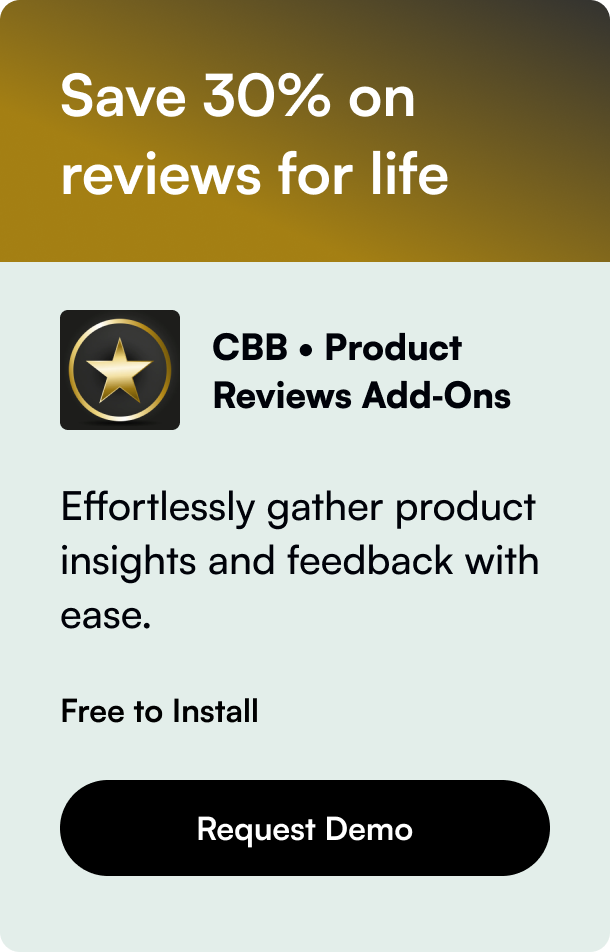Table of Contents
- Introduction
- Analyzing Traffic and Conversion Rates
- Leveraging Shopify Store Revenue Checker Tools
- Evaluating Marketing and Advertising Strategies
- Utilizing Real-Time Sales Tracking Tools: SpySales
- FAQ
- Conclusion
Introduction
Have you ever found yourself admiring a Shopify store and wondering just how successful it is? Whether you're a budding entrepreneur looking to start your journey or an established online retailer aiming to stay competitive, understanding the financial health and strategies of other stores can be incredibly valuable. In a world where online shopping has become a habit for many, especially post-COVID-19, gaining insights into a competitor's success could be the difference between stagnation and exponential growth. The big question is, how can you see how much a Shopify store is making?
This blog post will delve deep into the methods and tools available to estimate a Shopify store's revenue and understand its success factors. While it's true that finding the exact numbers might be challenging, there are various ways to analyze and get a close approximation. By the end of this post, you'll have a comprehensive understanding of the techniques used to gauge a store's financial performance and how to apply these insights to your advantage.
Analyzing Traffic and Conversion Rates
The foundation of any successful Shopify store is its ability to attract and convert visitors. Understanding that more traffic generally equates to higher sales, analyzing a store's traffic becomes crucial. Tools like SimilarWeb and Google Analytics provide insights into a website's overall traffic. While you might not have direct access to a competitor's Google Analytics, using SimilarWeb can give you a snapshot of their traffic sources, engagement metrics such as time on site, and even the geographical distribution of their visitors.
Estimating Revenue Through Traffic Analysis
Once you have an idea of a store's traffic, estimating its revenue involves examining the average conversion rate for e-commerce stores, which typically ranges from 1% to 2%. By applying this conversion rate to the store's traffic, you can roughly estimate the number of sales. Coupling this with the average order value (AOV) — which you can estimate based on the product prices on the store — gives you a ballpark figure for monthly or annual revenue.
Leveraging Shopify Store Revenue Checker Tools
Several tools have been developed specifically to spy on Shopify stores, providing valuable insights beyond just traffic. While Shopgram was a notable mention, its closure suggests the dynamic nature of these tools. Other resources like Commerce Inspector and Xpareto offer functionalities ranging from identifying best-selling products to tracking daily traffic and sales. Although some of these tools' effectiveness may vary, they serve as a starting point for understanding a store's product popularity and marketing strategies.
Analyzing Best-Selling Products
Tools like Xpareto simplify finding a store's best-selling products. Knowing which products are the stars can help estimate the store's revenue more accurately. If a store's best-seller is a high-ticket item, it's likely that their AOV and consequently, their revenue, is higher. This information can also guide your product selection and marketing approach.
Evaluating Marketing and Advertising Strategies
A store's revenue is heavily influenced by its marketing and advertising strategies. Commerce Inspector, for instance, allows you to peek into a store's marketing efforts, including their ad campaigns and sales strategies. By understanding where a store allocates most of its marketing budget, you can infer which channels are most effective for your niche and adjust your strategies accordingly.
Utilizing Real-Time Sales Tracking Tools: SpySales
Recent advancements have introduced tools like SpySales, which claim to offer real-time tracking of sales for Shopify stores. This development signifies a new frontier in competitive analysis, providing more immediate and actionable data. Engaging with these tools can offer insights into daily sales performance, helping fine-tune your marketing efforts to match real-time trends.
FAQ
How accurate are these revenue estimation methods?
While none of these methods can provide exact figures, they offer valuable estimates. By triangulating data from traffic analysis, revenue estimation tools, and marketing strategy evaluations, you can get a reasonably accurate picture of a store's financial health.
Can I use these insights for any Shopify store?
Yes, these methods and tools are applicable to any Shopify store. However, the level of detail and accuracy might vary based on the store's size, the tools' capabilities, and the availability of public data.
How often should I analyze my competitors?
Regularly monitoring your competitors is key to staying competitive. A quarterly review can offer insights into any shifts in strategy, new product launches, or marketing campaigns. However, for more dynamic industries, monthly or even weekly reviews might be necessary.
Conclusion
In the competitive landscape of e-commerce, understanding how much a Shopify store is making is invaluable. While direct access to financials remains elusive, the combination of traffic analysis, revenue estimation tools, and marketing strategy evaluations provides a comprehensive view of a store's success. By leveraging these insights, you can refine your strategies, explore new opportunities, and ultimately, drive your store's growth. Remember, the goal is not just to replicate success but to innovate upon it, carving out your unique space in the Shopify ecosystem.








